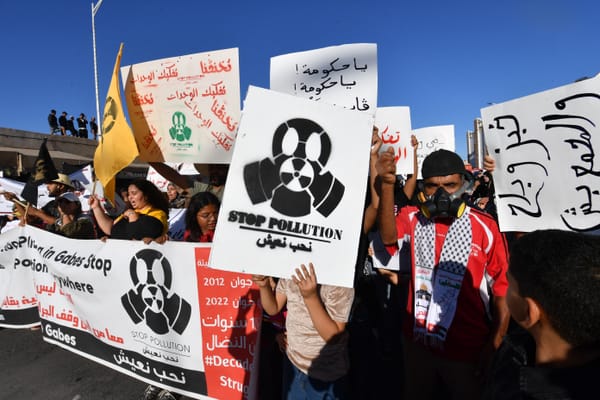America's Egypt
Open almost any study of Egypt produced by an American or an international development agency and you are likely to find it starting with the same simple image. The question of Egypt’s economic development is almost invariably introduced as a problem of geography versus demography, pictured by descr









